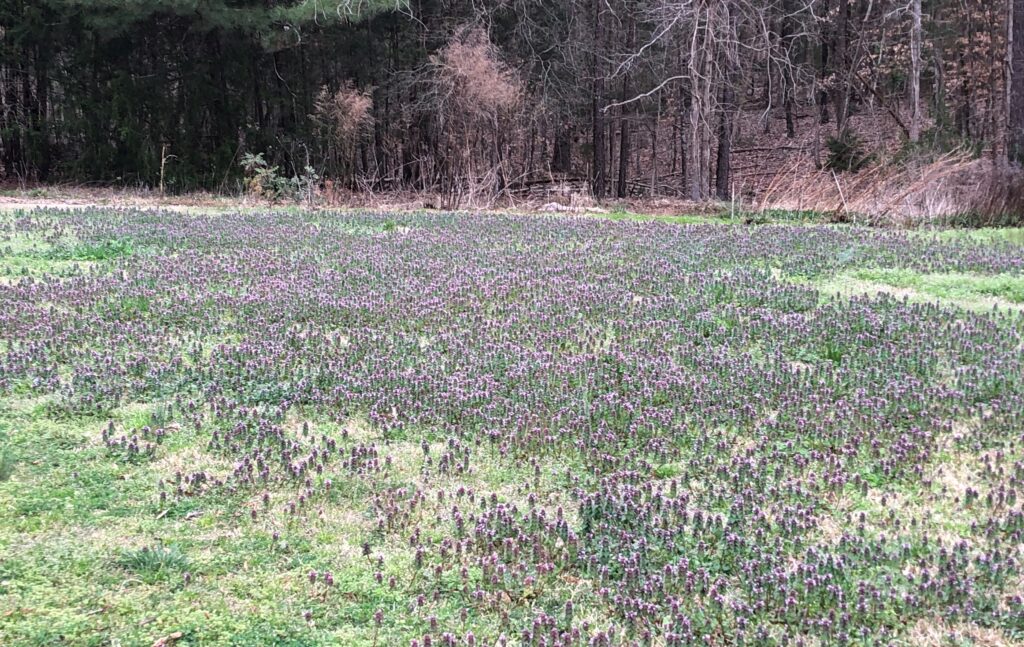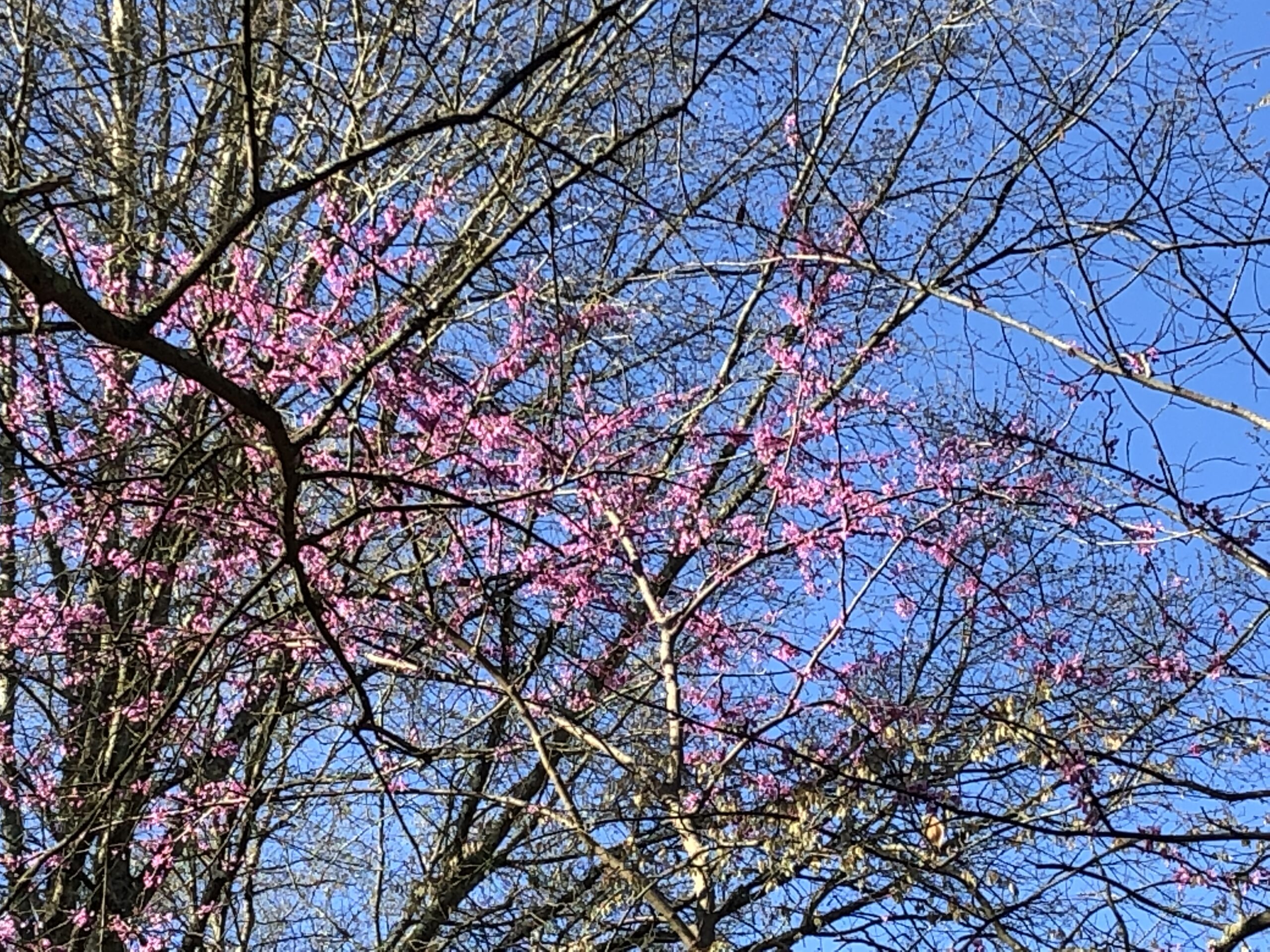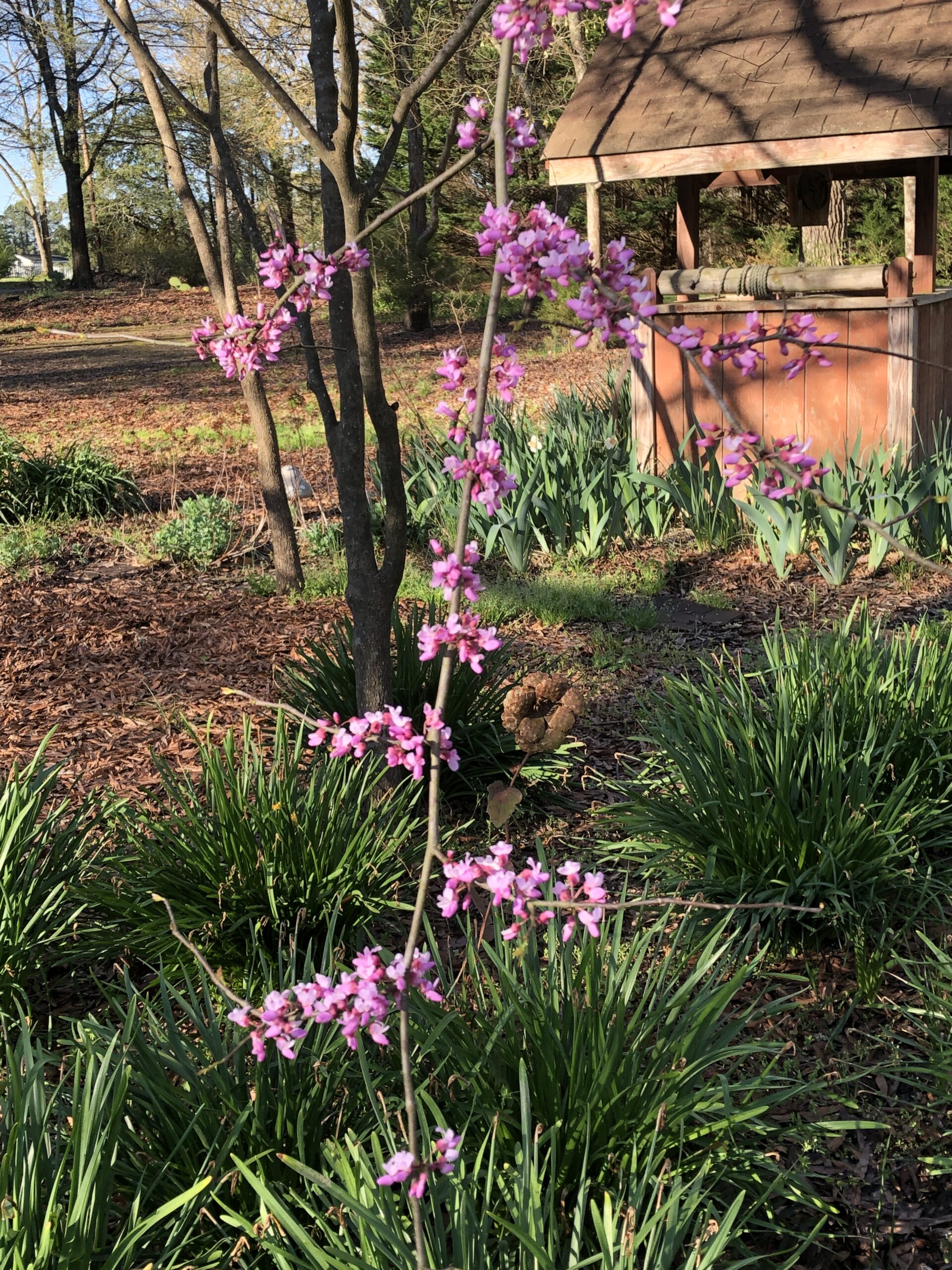There is so much truth to that statement and 2021 is not exception. We have had some pretty wild weather so far this year and the Bee Hives has been strapped down to withstand the storms.
I have never seen so much rain. Rain can be a blessing and a curse. My yard is so saturated right now, it squishes when I walk on it. My lawn area, (I’ll call it that because I do not grow grass – I grow what my bees Love) has about 1/4 inch of water just sitting on the surface. With no slope to some areas, there is nowhere for it to go!! I almost got stuck with my push mower, so I gave up trying to mow anything.
I keep track of the rain that my area has received. What else would you expect from a meticulous, note taking, record keeping Beekeeper and Gardener?? So far in 2021 my area has received a little over 12 inches. In 3 Months!!
The rain is making EVERYTHING grow!! The bees have almost finished up with the Red Maple that has been blooming since early February. Red Maple is a must for the bees early foraging and early brood production. It kicks the Queen into gear when the foragers start bringing in that yellowish-green pollen and the very thin nectar that the Red Maple produces. Now the Dead Nettle, Henbit and Dandelion is in full bloom. I have a bumper crop.

Dead Nettle is a winter annual that reseeds for the next year. I do not mow this until the plants have produced seed to produce my crop for next year. Many people do not have areas that they can designate like this, but you can see this in many fields in the area (North Carolina), unless herbicides has been used. You can pretty much tell if a farmer (or homeowner) is using herbicides. You will not see any naturally occurring “weeds” (as people like to call them) such as Dead Nettle, Henbit and Dandelion.
In succession, many times the next important food producing source for the bees will be flowering trees. Red Bud is one of my favorites. It will bloom at the same time or in succession with the Dogwood trees. The Red Bud is another source of thin nectar that supplements the Bee’s continued brood production. The blooms only last a short time,. Just enough to feed the bees another important source of food and just in time for the next BIG bloomer in April.


I TRULY HOPE that this year of 2021 brings all the bees and pollinators much health and abundance. I can do what I know to do and attempt to teach others what I have learned.
I appreciate those that read my blog and Love communicating either here in the comments or on my social media platforms. I would probably see your comments quicker on social media. These are my contact pages.
Let’s start up a conversation about how to save our Pollinators!!!!!!
https://www.facebook.com/BeeLadyandAngelBees
https://mewe.com/p/thebeelady19
Stay tuned for our next BIG BLOOMER in April – The Tulip Poplar.
Namaste”



